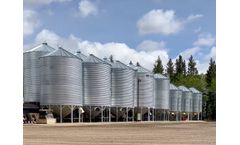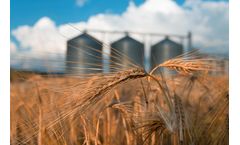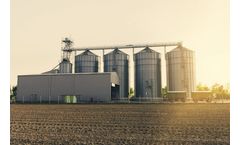Grain Management Articles & Analysis
11 articles found
Background The customer is a leading Australian grain company managing the entire gamut of grain supply chain including bulk storage, handling of grains and oilseeds, road transportation of bulk commodities and containerization of grain including packing and delivery to port. The grain leader ...
The evolution of bin management systems has been marked by continuous innovation aimed at improving the efficiency, reliability, and profitability of farming operations. Traditional methods, which largely depended on manual labor for monitoring and managing stored grain, have gradually given way to more sophisticated, technology-driven solutions. ...
Seamlessly connect to your grain bins to help manage grain quality and time It’s been a tough growing season and growers have been working hard for every bushel this year. ...
ohn Pruss, general manager at United Farmers Mercantile Coop (UFMC)in Red Oak, IA (712-623- 5453), would be the first to admit that weather during fall harvest in south- western Iowa isn’t always conductive to heavy grain dryer usage. ...
Insects and mould are dependent on the temperature and moisture of the stored grains, with mould being the more common of the two for grain spoilage. ...
Once spoilage is detected, the manager of the storage facility can address the problem by aerating, turning, or selling the grain. ...
The persistent wet weather this fall has created conditions favorable for disease on ear or in the grain. Effectively drying and managing grain will help to ensure those conditions are not transferred to the grain bin or end users. ...
Once spoilage is detected, the manager of the storage facility can address the problem by aerating, turning, or selling the grain. ...
Improved wheat grains storage management SmartScan25 was installed at the Israeli large flour mill to improve wheat grains storage management, save costs and reduce material losses. ...
When net return estimates are made using only neighboring elevator prices (no government programs or organic price premiums), we found that the no-till corn-soybean system [Zea mays L. and Glycine max (L.) Merr.] was the most profitable grain system, and management intensive rotational grazing (MIRG) the most profitable forage system. When government programs and ...
The production of hard white winter (HWW) wheats (Triticum aestivum L.) with acceptable protein content and quality over different environments requires the correct combination of genotypes and management practices. The objectives of this study were to evaluate moisture deficit and N management on grain protein and quality of seven HWW and two ...










